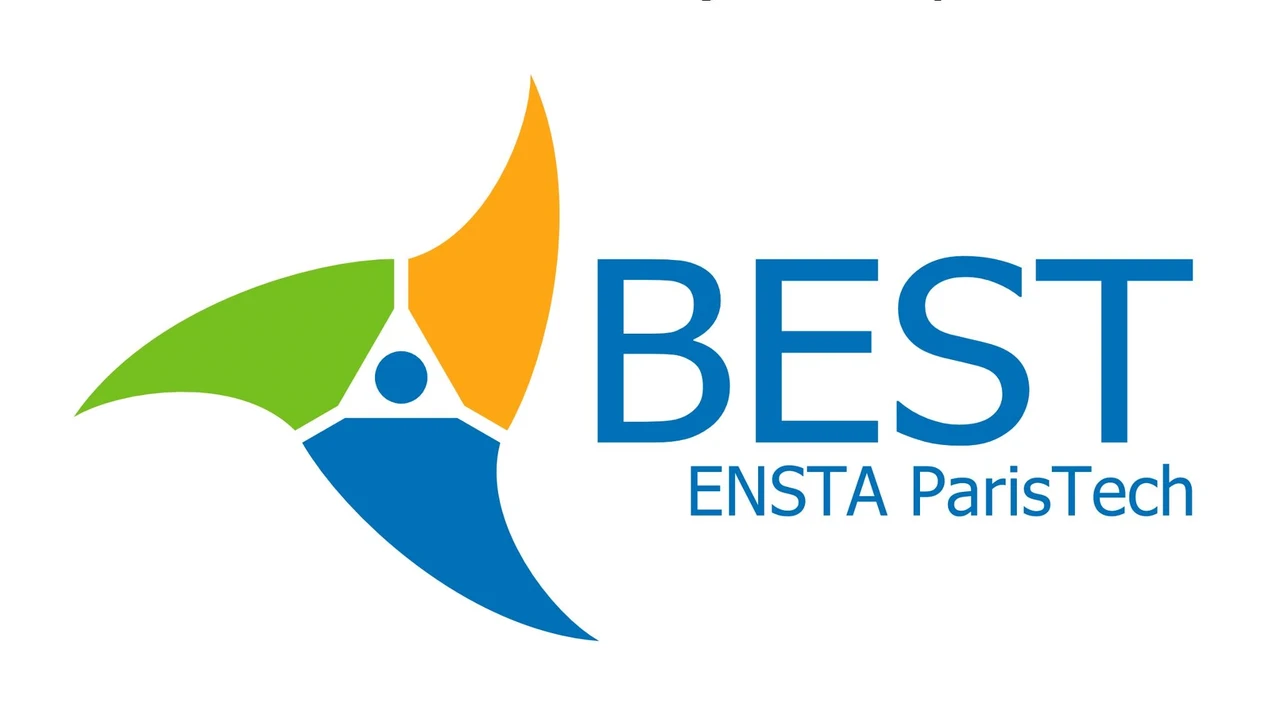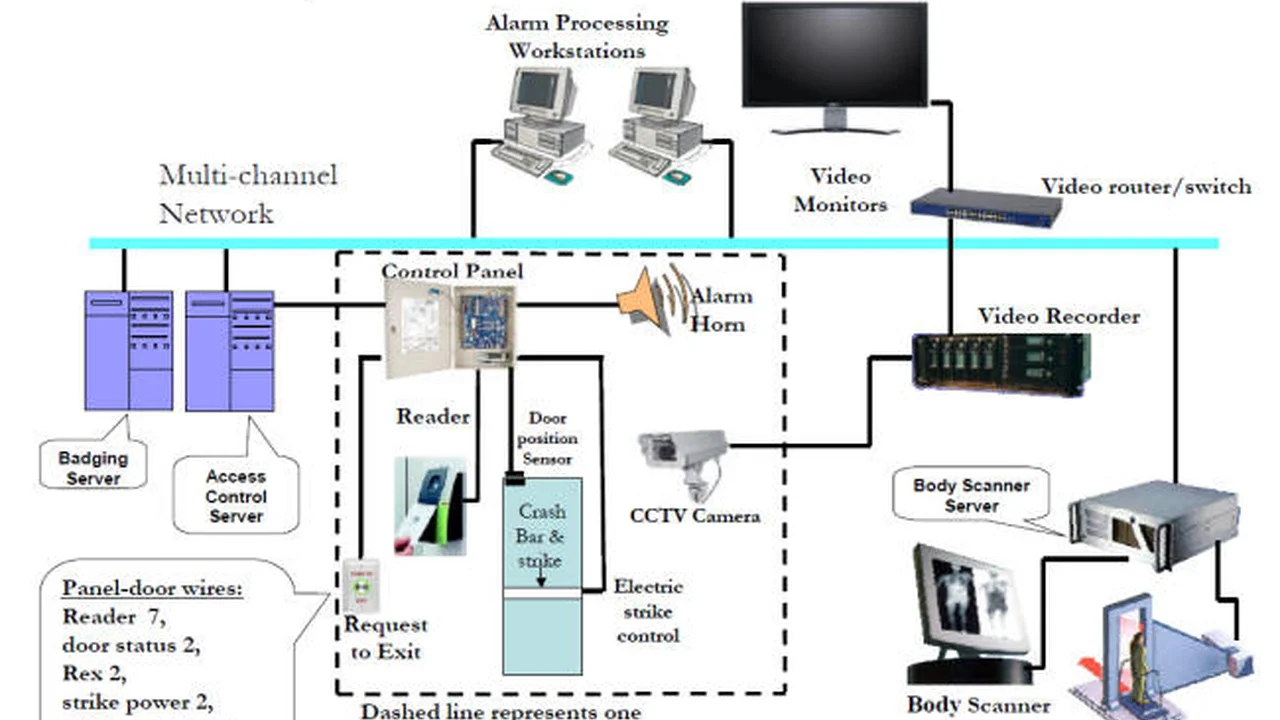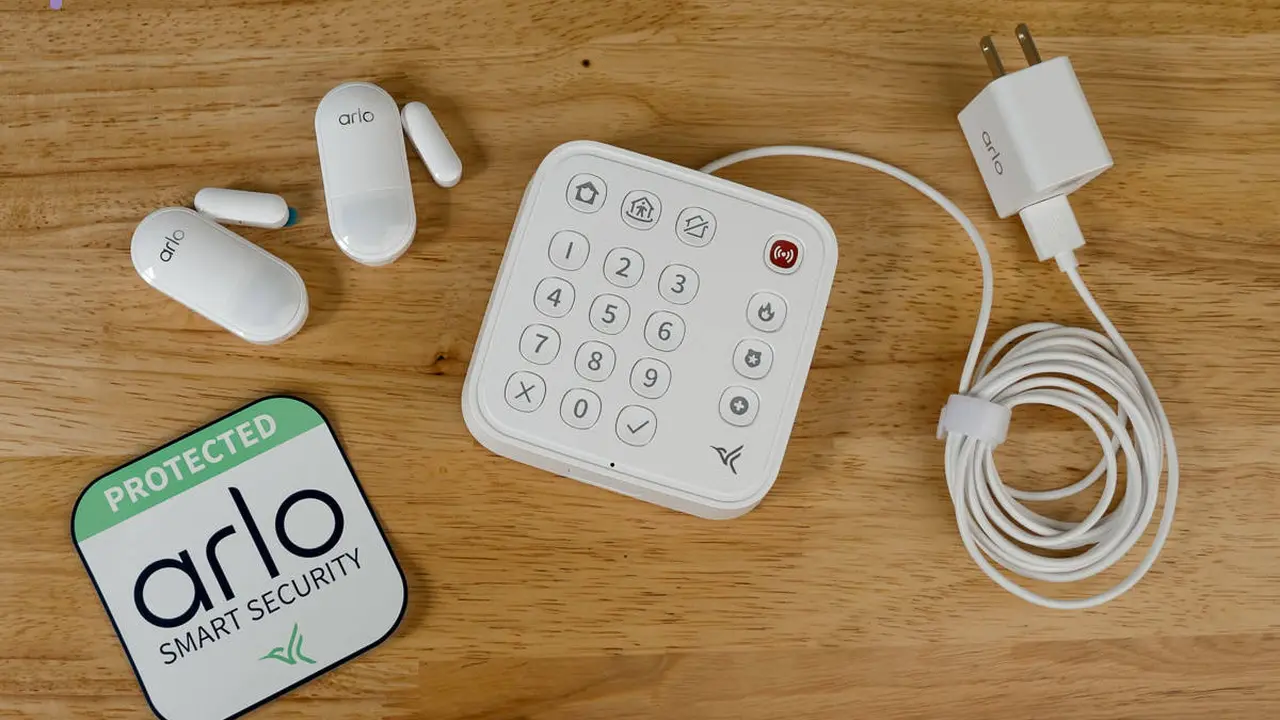Best Integrated Security Solutions for Airports
Review the best integrated security solutions designed for airports ensuring passenger safety and operational efficiency.

Best Integrated Security Solutions for Airports
Airports are complex ecosystems, bustling with millions of passengers, vast amounts of cargo, and a myriad of personnel. Securing such an environment is a monumental task, requiring a multi-layered approach that goes far beyond simple cameras and guards. Integrated security solutions are not just a luxury for airports; they are an absolute necessity. These systems combine various security technologies – from access control and video surveillance to perimeter detection and cybersecurity – into a single, cohesive platform. This integration allows for real-time data sharing, automated responses, and a holistic view of the entire security landscape, ultimately enhancing passenger safety, streamlining operations, and protecting critical infrastructure.
The stakes at an airport are incredibly high. Any security breach, whether intentional or accidental, can have catastrophic consequences, leading to loss of life, significant financial damage, and widespread disruption to travel. Therefore, airport security solutions must be robust, scalable, and adaptable to evolving threats. This article will delve into the best integrated security solutions available for airports, exploring their key features, use cases, product recommendations, and pricing considerations. We'll also compare different approaches to help you understand which solution might be the best fit for various airport sizes and operational needs.
Understanding the Core Components of Airport Integrated Security Systems
An effective integrated security solution for an airport is built upon several interconnected pillars. Each component plays a crucial role in creating a comprehensive security posture. Understanding these core components is the first step in evaluating and implementing the right system.
Advanced Video Surveillance and Analytics for Airport Security
Video surveillance at airports has evolved far beyond simple monitoring. Modern systems incorporate high-resolution cameras, often with 4K or even 8K capabilities, strategically placed throughout terminals, runways, baggage handling areas, and perimeter fences. But the real power lies in the analytics. AI-powered video analytics can automatically detect suspicious behavior, identify unattended luggage, track individuals, and even recognize faces (where legally permissible). This significantly reduces the burden on human operators, allowing them to focus on genuine threats rather than sifting through hours of uneventful footage.
Key Features of Airport Video Surveillance Systems:
- High-Resolution Cameras: For clear identification and detailed monitoring.
- Thermal Imaging: For effective perimeter security, especially at night or in adverse weather conditions.
- Object Detection and Tracking: To follow individuals or vehicles of interest across multiple cameras.
- Behavioral Analytics: To flag unusual patterns like loitering, sudden movements, or unauthorized access attempts.
- License Plate Recognition (LPR): For vehicle access control and tracking.
- Facial Recognition: For identity verification and watchlist matching (with strict privacy protocols).
- Centralized Video Management System (VMS): For managing all camera feeds, recordings, and analytics from a single interface.
Recommended Products for Airport Video Surveillance:
- Axis Communications: Known for their robust IP cameras and advanced video analytics. Their Q-series cameras offer excellent image quality and durability.
- Hanwha Vision (formerly Hanwha Techwin): Offers a wide range of Wisenet cameras with built-in AI analytics, including object detection and intelligent search.
- Avigilon (Motorola Solutions): Specializes in high-resolution cameras and powerful video analytics, including their patented HDSM technology for efficient bandwidth usage.
- Genetec Security Center: A comprehensive VMS that integrates with a vast array of camera brands and offers advanced analytics capabilities.
Estimated Pricing for Airport Video Surveillance:
The cost can vary dramatically based on the size of the airport, the number of cameras, and the sophistication of the analytics. A small regional airport might spend anywhere from $100,000 to $500,000 for a basic system, while a major international hub could easily invest several million dollars, with individual high-end cameras costing $500 to $5,000 each, and VMS licenses ranging from a few thousand to hundreds of thousands annually.
Robust Access Control Systems for Airport Security Zones
Controlling who goes where, and when, is paramount in an airport. Access control systems manage entry to restricted areas, such as airside operations, baggage handling, control towers, and sensitive data centers. These systems utilize various credentials, from traditional ID cards to biometric authentication, to ensure only authorized personnel can access specific zones. Integration with other security systems, like video surveillance, allows for visual verification of access attempts and immediate alerts for unauthorized entries.
Key Features of Airport Access Control Systems:
- Multi-Factor Authentication: Combining card readers with PINs or biometrics for enhanced security.
- Biometric Readers: Fingerprint, iris, or facial recognition for highly secure areas.
- Visitor Management Systems: For tracking and managing temporary access for contractors and visitors.
- Integration with HR Systems: To automatically update access privileges based on employee status.
- Real-time Monitoring and Reporting: To track all access events and generate audit trails.
- Anti-Passback: Preventing users from passing their credentials to others for re-entry.
- Lockdown Capabilities: The ability to quickly secure specific zones or the entire facility in an emergency.
Recommended Products for Airport Access Control:
- LenelS2 OnGuard: A highly scalable and robust access control platform widely used in critical infrastructure, offering extensive integration capabilities.
- HID Global: A leader in access control hardware, including readers, cards, and mobile access solutions.
- Honeywell Pro-Watch: A comprehensive security management system that includes advanced access control features.
- AMAG Technology Symmetry: Offers a powerful and flexible access control system suitable for large, complex environments like airports.
Estimated Pricing for Airport Access Control:
Access control system costs can range from $50,000 for a smaller airport with fewer access points to over $1,000,000 for a major international airport. This includes hardware (readers, controllers, locks), software licenses, and installation. Biometric readers are typically more expensive than card readers, adding to the overall cost.
Perimeter Intrusion Detection Systems for Airport Boundaries
The perimeter of an airport is its first line of defense. Perimeter intrusion detection systems (PIDS) are designed to detect unauthorized entry attempts into restricted areas, such as runways, taxiways, and maintenance facilities. These systems often combine physical barriers with advanced sensing technologies to provide early warning of potential threats.
Key Features of Airport Perimeter Security:
- Fence-Mounted Sensors: Detecting vibrations or cuts on perimeter fences.
- Buried Cable Sensors: Detecting pressure changes caused by footsteps.
- Radar Systems: For detecting movement over large, open areas, even in adverse weather.
- Thermal Cameras: Providing clear visibility of intruders in darkness or fog.
- Ground-Based Radar: For detecting movement on the ground, especially in remote areas.
- Integration with Video Surveillance: To automatically pan and zoom cameras to the point of intrusion.
- Drone Detection Systems: To identify and potentially neutralize unauthorized drones.
Recommended Products for Airport Perimeter Security:
- Senstar: A global leader in perimeter intrusion detection, offering a wide range of technologies including fiber optic, buried cable, and fence-mounted sensors.
- FLIR Systems: Known for their high-performance thermal cameras, essential for perimeter monitoring.
- SpotterRF: Specializes in compact, low-power radar systems for wide-area surveillance.
- Dedrone: Provides comprehensive drone detection and mitigation solutions.
Estimated Pricing for Airport Perimeter Security:
Perimeter security costs are highly dependent on the length of the perimeter and the chosen technologies. A basic fence-mounted system might cost $10 to $50 per linear foot, while more advanced radar and thermal camera systems can push costs to $100 to $500 per linear foot or more, easily reaching hundreds of thousands to millions of dollars for a large airport.
Command and Control Software for Unified Airport Security Management
The true power of an integrated security solution lies in its command and control software. This platform acts as the central nervous system, consolidating data from all disparate security systems – video, access control, alarms, fire detection, and more – into a single, intuitive interface. It enables operators to monitor events, manage incidents, and coordinate responses efficiently.
Key Features of Airport Command and Control Software:
- Unified User Interface: A single pane of glass for all security operations.
- Event Correlation and Prioritization: Automatically linking related events and highlighting critical alerts.
- Standard Operating Procedures (SOPs): Guiding operators through predefined response protocols.
- Geographic Information System (GIS) Mapping: Visualizing security events on a detailed map of the airport.
- Reporting and Auditing: Generating comprehensive reports for compliance and post-incident analysis.
- Mobile Integration: Allowing security personnel to receive alerts and manage incidents on the go.
- Integration with Emergency Services: Facilitating rapid communication with police, fire, and medical teams.
Recommended Products for Airport Command and Control:
- Genetec Security Center: A highly regarded unified security platform that seamlessly integrates video, access control, ANPR, and more.
- Johnson Controls C•CURE 9000: A powerful security management system known for its scalability and robust integration capabilities.
- Honeywell Enterprise Buildings Integrator (EBI): A comprehensive platform that integrates security, fire, and building management systems.
- Siemens Siveillance: Offers a range of integrated security solutions, including command and control platforms for critical infrastructure.
Estimated Pricing for Airport Command and Control Software:
The cost of command and control software can range from $50,000 for a basic system to several million dollars for a fully customized, enterprise-level solution for a major international airport. This typically involves initial licensing fees, annual maintenance, and potential customization costs.
Specific Use Cases and Scenarios for Airport Integrated Security
Integrated security solutions shine in their ability to address specific, complex security challenges unique to airports. Let's look at a few examples:
Baggage Handling Area Security and Efficiency
The baggage handling system is a critical and often vulnerable part of an airport. Integrated security can monitor baggage flow, detect suspicious items, and prevent unauthorized access. Video analytics can identify bags left unattended for too long, triggering alerts. Access control ensures only authorized personnel are in the area, and integration with the baggage handling system itself can help track bags and identify discrepancies.
Airside Operations and Runway Protection
Securing the airside – runways, taxiways, and aircraft parking areas – is paramount. Perimeter intrusion detection systems, combined with long-range thermal cameras and radar, can detect unauthorized individuals or vehicles attempting to access these areas. Upon detection, integrated systems can automatically alert security personnel, direct PTZ (pan-tilt-zoom) cameras to the incident, and even trigger audible warnings. This prevents potential collisions, sabotage, and ensures the safety of aircraft and personnel.
Terminal Security and Passenger Flow Management
Within the terminal, integrated security helps manage large crowds, identify potential threats, and optimize passenger flow. Video analytics can detect overcrowding, queue lengths, and unusual behavior. Access control systems manage entry to secure zones like boarding gates. Integration with public address systems allows for rapid communication during emergencies, and digital signage can guide passengers to safety or alternative routes.
Cybersecurity Integration for Airport IT Infrastructure
Modern airports are heavily reliant on IT systems for everything from air traffic control to baggage screening. Integrating cybersecurity measures into the physical security framework is crucial. This means protecting the networks that connect security devices, safeguarding sensitive data, and defending against cyberattacks that could compromise security operations. This often involves network segmentation, intrusion detection systems (IDS), and robust firewalls.
Comparing Leading Integrated Security Solution Providers for Airports
Several major players offer comprehensive integrated security solutions suitable for airports. While many provide similar core functionalities, their strengths often lie in different areas, making them more suitable for specific airport needs or existing infrastructure.
Genetec Security Center for Airport Operations
Genetec Security Center is a highly regarded unified security platform that excels in integrating various security systems. It's known for its scalability, open architecture, and robust video management capabilities. For airports, Genetec offers modules specifically designed for airport operations, including flight information display integration, baggage reconciliation, and advanced analytics for passenger flow. Its ability to integrate with a wide range of third-party hardware makes it a flexible choice for airports with diverse existing systems.
Pros of Genetec Security Center:
- Highly scalable and open platform.
- Strong video management and analytics.
- Specific airport modules available.
- Excellent integration capabilities with third-party devices.
Cons of Genetec Security Center:
- Can be complex to configure for smaller teams.
- Higher initial investment compared to some alternatives.
Johnson Controls Tyco Security Solutions for Airports
Johnson Controls, through its Tyco Security Products division, offers a broad portfolio of integrated security solutions. Their C•CURE 9000 access control system is a cornerstone, often integrated with their Victor video management system. Johnson Controls provides end-to-end solutions, from hardware to software, and has a strong global presence for support and service. Their focus on building technologies also allows for seamless integration with HVAC, fire, and other building management systems, which can be a significant advantage for airport facilities.
Pros of Johnson Controls Tyco Security Solutions:
- Comprehensive end-to-end solutions.
- Strong global support network.
- Excellent integration with building management systems.
- Robust access control capabilities.
Cons of Johnson Controls Tyco Security Solutions:
- Can be a more proprietary ecosystem, potentially limiting third-party hardware choices.
- May require significant customization for unique airport workflows.
Honeywell Integrated Security Solutions for Aviation
Honeywell offers a range of integrated security solutions, often centered around their Enterprise Buildings Integrator (EBI) platform. EBI is designed to manage not just security but also fire safety, energy management, and other building systems from a single interface. For airports, this holistic approach can lead to significant operational efficiencies. Honeywell's security offerings include robust access control (Pro-Watch), video surveillance (MAXPRO), and intrusion detection systems, all designed to work together seamlessly.
Pros of Honeywell Integrated Security Solutions:
- Holistic building management integration.
- Strong focus on operational efficiency.
- Reliable and proven technology.
- Extensive product portfolio.
Cons of Honeywell Integrated Security Solutions:
- Can be a more closed system, potentially less flexible for integrating niche third-party products.
- Implementation can be complex due to the breadth of features.
Siemens Siveillance for Airport Security Management
Siemens Siveillance portfolio provides integrated security solutions specifically tailored for critical infrastructure, including airports. Their approach emphasizes resilience, scalability, and compliance with international security standards. Siveillance offers advanced video surveillance, access control, and intrusion detection, all managed through a powerful command and control platform. Siemens also brings expertise in airport automation and digitalization, allowing for deeper integration with operational systems.
Pros of Siemens Siveillance:
- Strong focus on critical infrastructure and compliance.
- Robust and reliable systems.
- Expertise in airport automation.
- Comprehensive command and control capabilities.
Cons of Siemens Siveillance:
- May have a higher entry cost.
- Less common in smaller regional airports.
Factors to Consider When Choosing an Integrated Security Solution for Your Airport
Selecting the right integrated security solution for an airport is a significant decision with long-term implications. Here are some crucial factors to weigh:
Scalability and Future-Proofing Airport Security Investments
Airports are constantly evolving, with new terminals, expanded operations, and increasing passenger numbers. The chosen security system must be scalable to accommodate future growth without requiring a complete overhaul. Look for solutions with open architectures that can easily integrate new technologies as they emerge, ensuring your investment remains relevant for years to come.
Compliance with Aviation Security Regulations and Standards
Aviation security is heavily regulated by international bodies like ICAO (International Civil Aviation Organization) and national authorities like the TSA (Transportation Security Administration) in the US, or local civil aviation authorities in Southeast Asia. The integrated security solution must meet or exceed these stringent requirements, including data retention, access control protocols, and incident reporting. Ensure the vendor has a proven track record of compliance in the aviation sector.
Integration Capabilities with Existing Airport Systems
Most airports already have a patchwork of existing systems – legacy access control, fire alarms, building management, and operational systems. A truly integrated solution should be able to seamlessly connect with these existing components, leveraging previous investments and avoiding the need for a complete rip-and-replace. This reduces costs and minimizes disruption during implementation.
Reliability and Redundancy for Continuous Airport Operations
Airport security systems must operate 24/7 without fail. The chosen solution needs to be highly reliable, with built-in redundancy for critical components to ensure continuous operation even in the event of hardware failures or power outages. This includes redundant servers, network paths, and power supplies.
Cybersecurity Posture of the Integrated Security System
As security systems become more networked, they also become potential targets for cyberattacks. The integrated solution itself must be designed with robust cybersecurity measures, including encryption, secure authentication, and regular vulnerability patching. The vendor should have a clear strategy for protecting the system from cyber threats.
Total Cost of Ownership TCO for Airport Security Solutions
Beyond the initial purchase price, consider the total cost of ownership (TCO). This includes installation, software licenses, annual maintenance fees, training for security personnel, and potential upgrade costs. A seemingly cheaper upfront solution might end up being more expensive in the long run due to hidden costs or limited scalability.
The Future of Integrated Security in Airports
The landscape of airport security is constantly evolving. We can expect to see even greater integration of AI and machine learning, leading to more predictive security measures. Biometric authentication will become more widespread, potentially replacing traditional boarding passes and ID checks. The use of robotics for patrolling and surveillance, and advanced drone detection and neutralization systems, will also become more common. Furthermore, the convergence of physical and cybersecurity will deepen, creating a truly holistic security posture that protects against both physical and digital threats. Airports that embrace these integrated solutions will be better equipped to handle the challenges of tomorrow's travel environment, ensuring safety, efficiency, and a positive passenger experience.
:max_bytes(150000):strip_icc()/277019-baked-pork-chops-with-cream-of-mushroom-soup-DDMFS-beauty-4x3-BG-7505-5762b731cf30447d9cbbbbbf387beafa.jpg)






